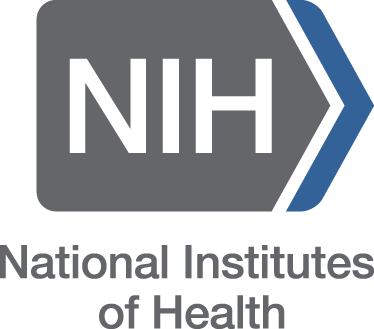EVALUATION OF GENETIC DIVERGENCE IN WHEAT (TRITICUM AESTIVUM L.) GERMPLASMS
Keywords:
Genetic divergence, D2, Cluster, WheatAbstract
In the present study, sixty-four genotypes of wheat germplasms were evaluated for assessing genetic divergence for 11 different characters across six environments for exploitation in a breeding programme aimed at improving yield potential of wheat by using Mahalanobis D2 statistics .The germplasms were grouped into nine clusters suggesting considerable amount of genetic diversity in the material. The cluster II had maximum 14 genotypes followed by VIII and III having 12 and 11 genotypes, respectively. These clusters having maximum number of genotypes, reflecting narrow genetic diversity. The intra-cluster D2 value ranged from 7.36 to 22.63 while, intercluster D2 value ranged from 13.69 to 93.06. The maximum intra cluster distance was exhibited by cluster V followed by cluster VI and cluster IX. The maximum inter-cluster D2 value was observed between V and IX followed by cluster V and VI and cluster I and V. Cluster V had least number of two genotypes and emerged with contained highest cluster mean value for plant height, total number of tillers/plant and good value for test weight, ear length and biological yield/plant. Cluster VII has highest mean value for grains/spike and good value for ear length and test weight and cluster VIII had highest mean value for biological yield/plant, grain yield/plant and good value for ear length, total number of tillers/plant and test weight. Cluster IX showed high mean value for grain yield/plant, total number of tillers/plant and test weight. Maximum contribution toward the total divergence was exhibited by days to heading followed by plant height and number of grains/spike and minimum by total number of tillers/plant. Cluster V and IX showing maximum inter cluster distance and crossing of genotypes DBW-11 and HP1633 from cluster V with five genotypes from cluster IX suggested for improving effective tillers/ plant, total number of tillers/plant, test weight and ear length enhancing the yield and chances of getting better recombinants in segregating generations. Noteworthy is that cluster IV, VII and VIII reflected high cluster means for seed yield per plant, effective tillers/plant, total number of tillers/plant and test weight and these clusters can be successfully utilized in hybridization programmes to get desirable transgressive segregants.


























